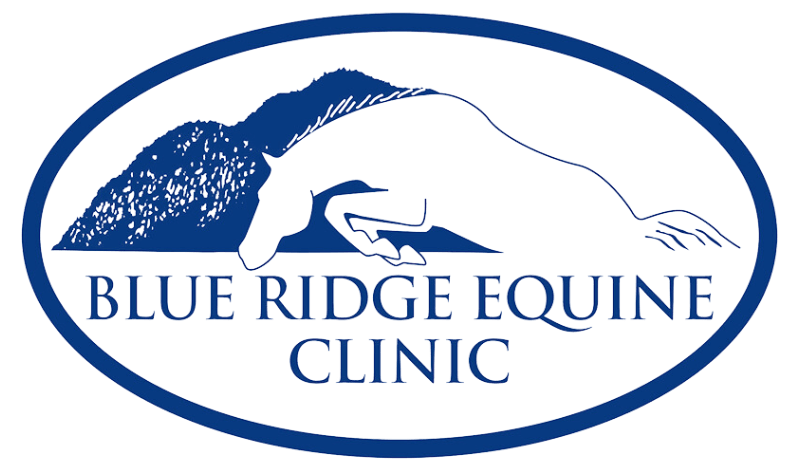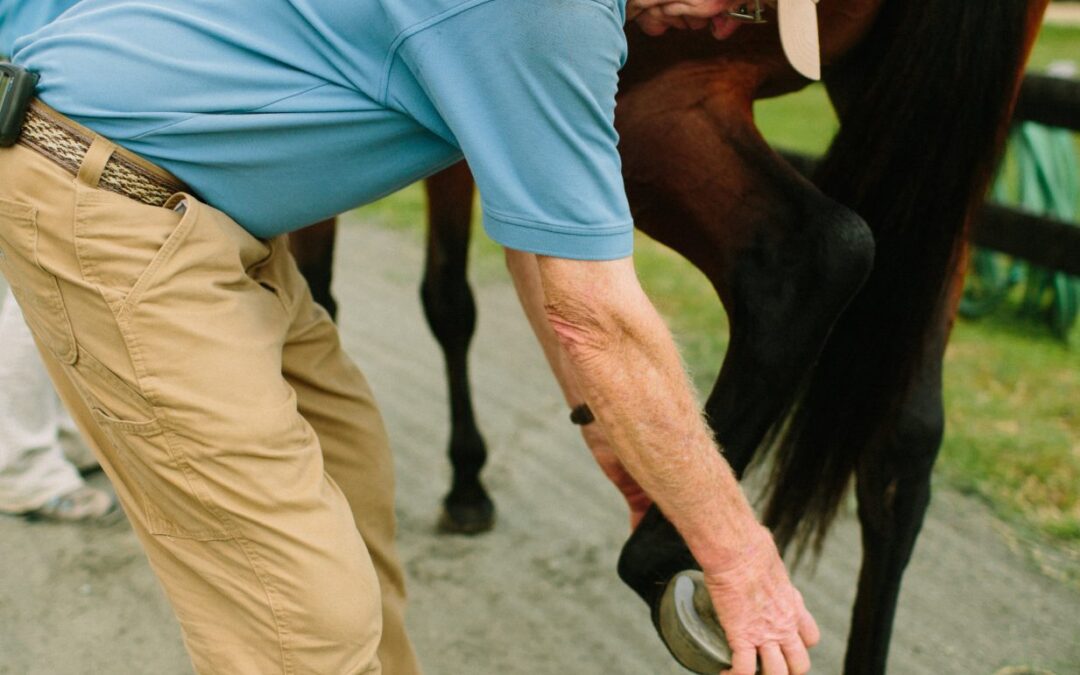How Much Do Hock Injections Cost For a Horse?
Have you ever noticed a substantial range in the cost of hock injections performed by different veterinarians? Ever wondered why that is? Not all “hock injections” are the same, so when your horse is having its hock injected, it helps to be educated on which joints are being injected and with what substance they are being injected. Prices for hock injections may vary depending on what medications are being injected and how many joints are being injected.
The “hock joint” in the horse is actually comprised of several separate joint spaces –with long medical names – but for ease, most vets refer to them for injection purposes as the lower, middle, and upper hock joints.
In regards to the upper hock joint, is the one responsible for most of the motion of the hock joint, so when the hock bends, this is the joint that makes that happen. It is pretty uncommon for show horses to have primary upper hock issues, but it can happen. OCD of the upper hock joint can also be a significant issue in young horses just starting work, often presenting as a very swollen hock. OCDs should be evaluated for possible surgical removal, and upper hock joint injections can be done to keep the horse comfortable and reduce swelling.
In most show horses, the most common places that are injected are the lower and middle hock joints. The lower and middle hock joints are two very low-motion joint spaces. Basically, they are comprised of several tarsal (hock) bones that are stacked one on top of the other like blocks. These bones have some cartilage between them and synovial joint capsules surrounding them. While they are technically joint spaces, they only comprise a small amount of the motion of the entire hock joint and are considered low-motion joints. Basically, they have just enough cartilage and joint fluid to slide around on top of each other a little bit as the horse puts its foot on the ground.
When horses are in work, their lower and middle hock joints undergo a huge amount of stress and strain every time the horse puts its hind leg on the ground. Genetics (including conformation and breed), along with the stresses/forces we put on our horses when we ask them to rock back on their hind end, make those tarsal bones twist, slide and grind over each other.
Cartilage is the cushioning between the bones. When a horse starts to have thinning and degeneration of the cartilage in the lower and middle joint spaces, pain is often the result because there is bone grinding on the bone. Horses will also start to form bone spurs along the edges of the bones, which are evident on radiographs. This is the beginning of the fusion process in the lower and middle hock joints.
To help relieve pain during the degeneration process, injection of the lower and middle joint spaces is often done. Often, trying to encourage the fusion process in the lower and middle hock joints is a good thing because if we can get them to fuse, they don’t slide, and therefore, they don’t hurt anymore.
There are different combinations of medicines to use in joint injections. In a young horse with hock pain that has minimal changes on xrays, we may use a HA product (hyaluronic acid-both a lubricant and anti-inflammatory), possibly combined with triamcinolone (kenalog), which is more cartilage-preserving than the other steroid choices.
If a horse is older and already showing signs of the fusion process beginning, we may use methylprednisolone only (Depo-medrol-another steroid). Depo is a great drug for these types of joints because it has longer-acting pain-killing properties, and it is thought to speed up the cartilage degradation process and may help speed up the fusion process. Again, different veterinarians may have different medication preferences depending on the horse’s age or the amount of radiographic changes in the hock. While steroids +/- hyaluronic acid are most commonly injected into the hock joint, other options include IRAP and intra-articular adequate.
Lastly, horses that are not helped by the steroid injections or helped only for a short period of time with injections may be helped with ethyl alcohol injections in fusing lower and middle hock joints. This is a relatively new procedure that is being done and must be done after x-rays and appropriate contrast dye studies of the lower and/or middle hock joints are done, proving that the joint spaces are not connected to the upper (high motion) joint. In a small percentage of horses, there may be communicating joint spaces – so while getting a little steroid in the upper joint during a routine steroid or HA injection is not a problem, getting alcohol in that joint space would be devastating and possibly life-ending for the horse.
The ethyl alcohol works in two ways. It has both a pain-killing property, which can make the horse more comfortable, and it can also chemically speed up the fusion process. More and more veterinarians are becoming familiar with and are performing or referring out for this procedure.
If your horse is getting its hocks injected, discuss with your veterinarian the different options to help choose the best treatment for your horse.

